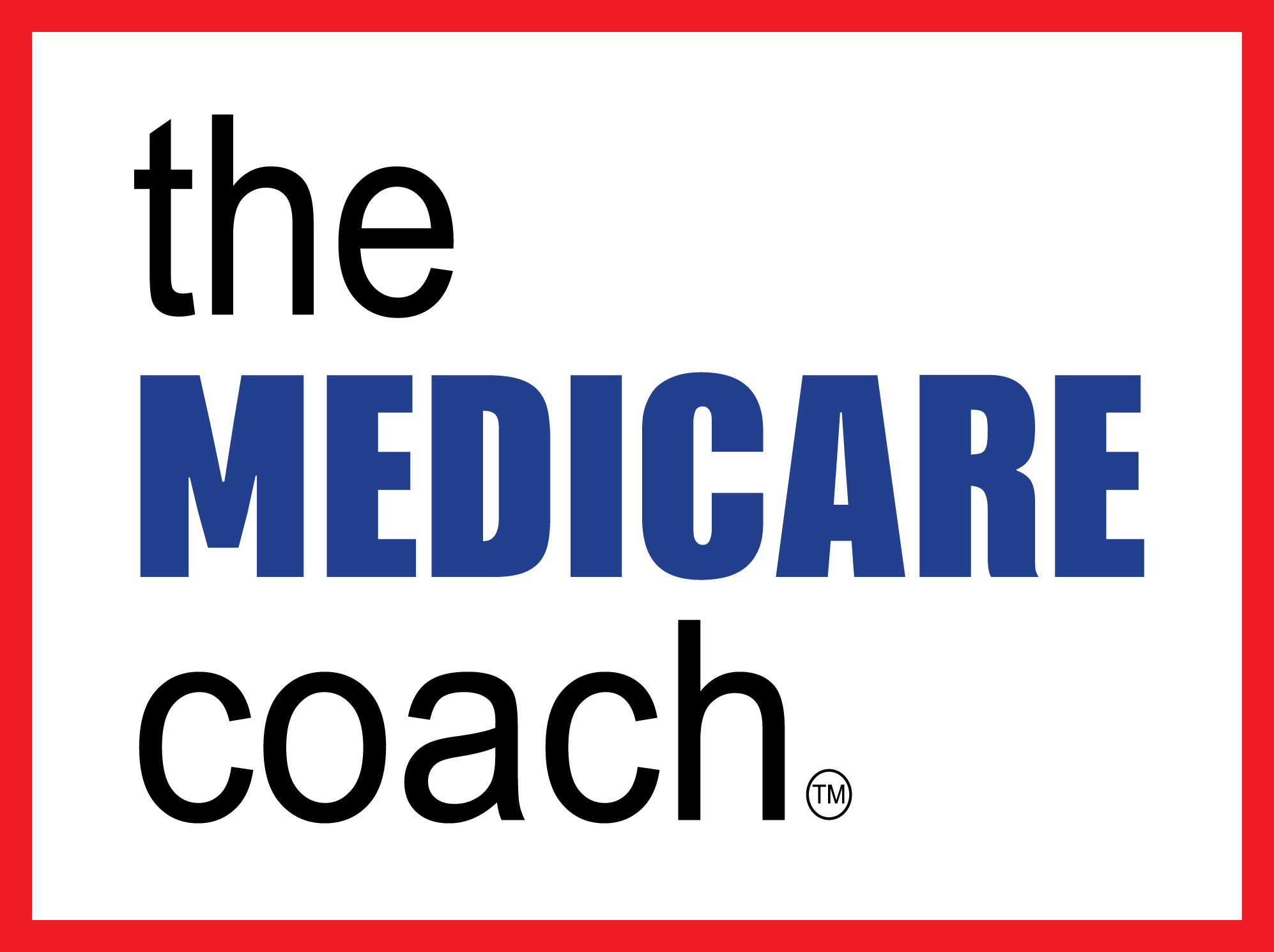We commonly get asked by our clients if they should choose their employer plan, their spouses employer plan or Medicare.
Depending on your employer or retiree health care option, that can become very complicated, but it’s critical you understand how it works so you can do what best for you.
By knowing what to look for and the steps to take you can make an informed decision.
Choosing the right plan comes down to what is best for you and your situation.
You must first start by understanding Medicare rules so you can work with them.
What the Medicare rule says is that by the time you turn 65, you need to be covered under credible health insurance. This health insurance has to meet certain Medicare rules and if it doesn’t, then you have to be on Medicare.
For those of you who have insurance through an employer, you need to confirm if it meets Medicare rules. There are three primary requirements to meet Medicare rules.
Once you know you can stay on the employer plan and it meets Medicare rules, you need to figure out if you’re better off staying on the employer plan or if you’re better off joining Medicare.
The first step is to know what type of Medicare your doctors accept.
I recommend that 12-months before you ever join Medicare, you talk to your doctors. You need to understand what types of health insurance your doctors accept. Most people are closely tied to their doctors, so they’re usually more or less indifferent to what health insurance they get. While others typically want the plan that will let them see the doctors they want to see.
If your doctor doesn’t take Medicare but does accept your employer health insurance, you likely want to stay on your employer plan.
For example, if you’re on an employer plan and your doctor doesn’t accept Medicare, then you might be better off staying on your employer plan.
If your doctor does accept Medicare, the second step is comparing the costs of Medicare versus your employer plan.
To do this you must go through the 5-step Medicare process and confirm which program fits you best.
If you fit best in Original Medicare, you will want to determine which supplement plan and Part D plan fits you best, then determine the coverage and the total expected cost.
If you fit best in Medicare Advantage, determine which specific Medicare Advantage plan fits you best and the total expected cost.
Once you have your best Medicare option and cost, you need to compare it side-by-side with your employer plan.
You’ll want to compare the premium, copays, deductible, prescription coverage, doctor coverage and total expected cost.
To learn more about how to pick the right Medicare options for your situation register to join our free online Medicare workshop by clicking here.


